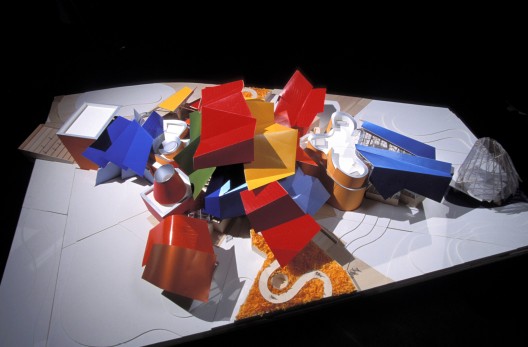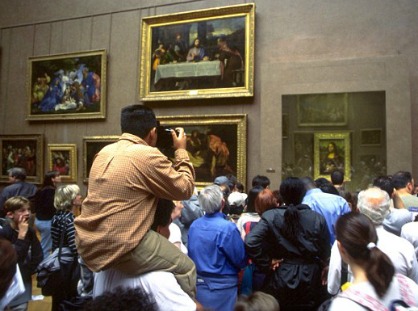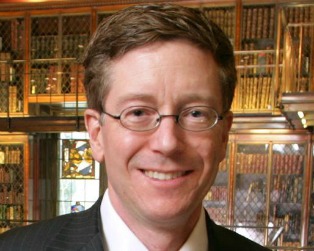As the city of Detroit goes through U.S. Bankruptcy Court seeking approval of its exit strategy — which includes the “grand bargain” that will save the Detroit Institute of Arts from having sell any works of art — some creditors have been obstructing the way. One, so far, bond insurer Syncora, has cut a deal with the city, agreeing to the plan in exchange for a $50 million payoff (to be raised in a bond issue), plus leases on the tunnel linking Detroit and Windsor, Canada, and a parking garage. Another billion-dollar creditor, insurer FGIC, is still holding out — it remains to be seen if this too can be settled with a side deal or if FGIC will press ahead — and how far.
 FGIC is the firm that last summer hired Victor Weiner Associates to assess the value of the collection.  It came with a total of $8.5 billion.
FGIC is the firm that last summer hired Victor Weiner Associates to assess the value of the collection.  It came with a total of $8.5 billion.
But the DIA is also showing that it, too, can be difficult. This week, DIA’s chief operating officer Annmarie Erickson (at left) told the court that the DIA will sue to protect its collection from sale, according to published reports.
The museum has been preparing for legal challenges for a long time. Last October, the International Foundation for Art Research held a panel called “Art for Sale? Bankruptcy and the Detroit Institute of Arts.,” featuring (among others) Richard Levin, partner and head of the restructuring practice at law firm, Cravath, Swaine & Moorem and lawyer for the DIA. Here’s the link to that.
If there is a suit, it could last for years — a strong deterrent to further disruptions from FGIC.
The outcome, for now, remains in the hands of U.S. Bankruptcy Judge Steven Rhodes.






